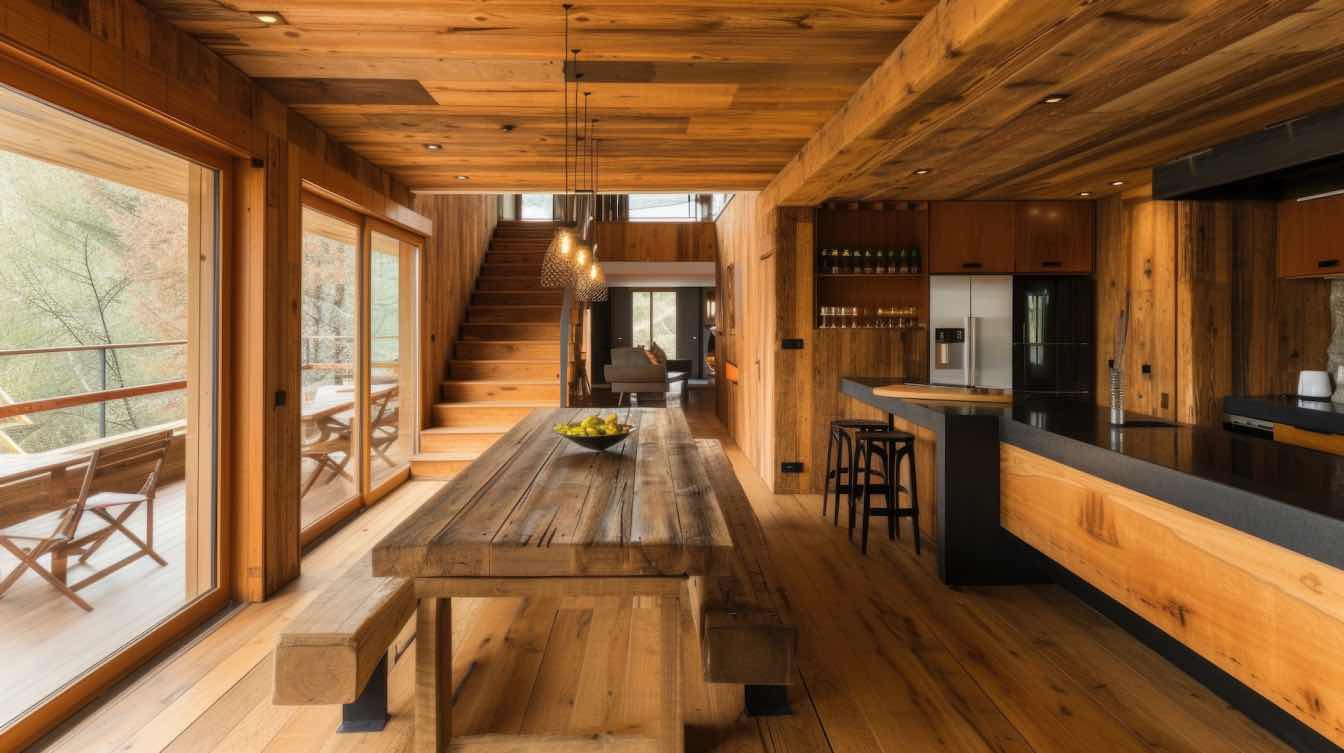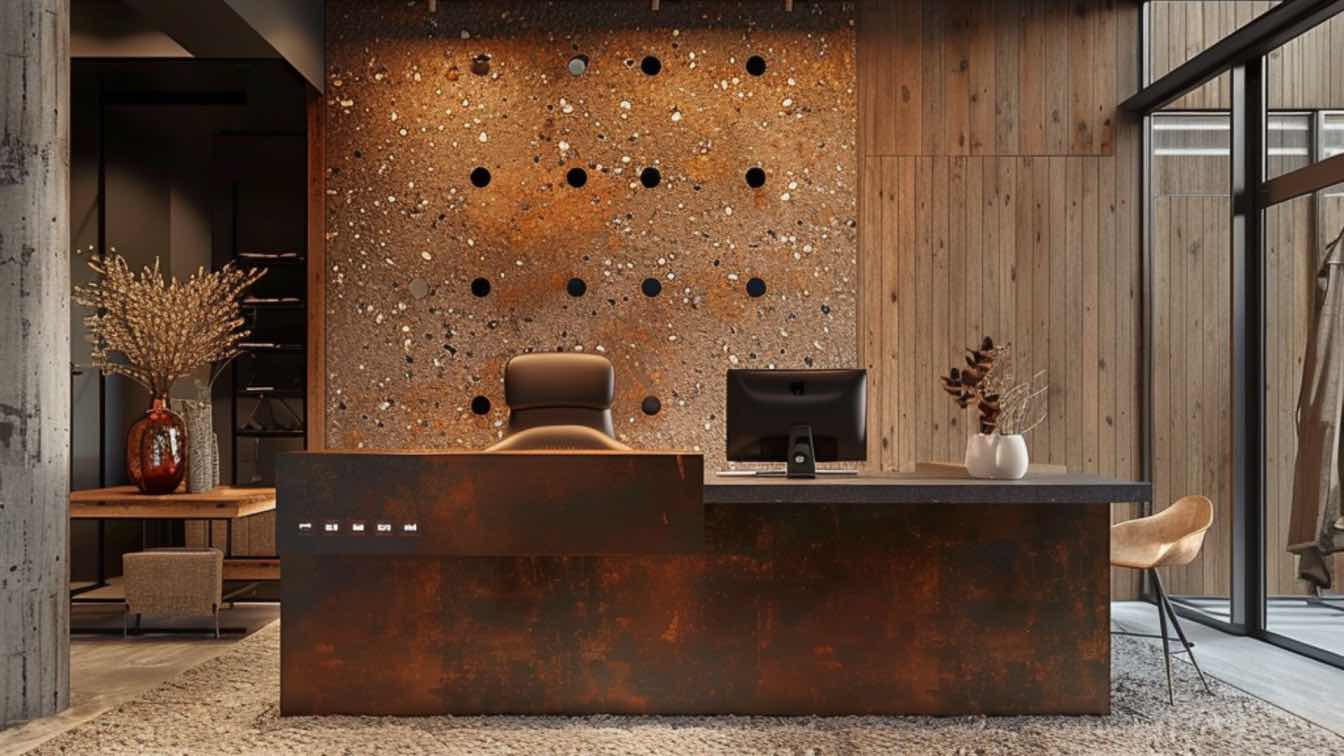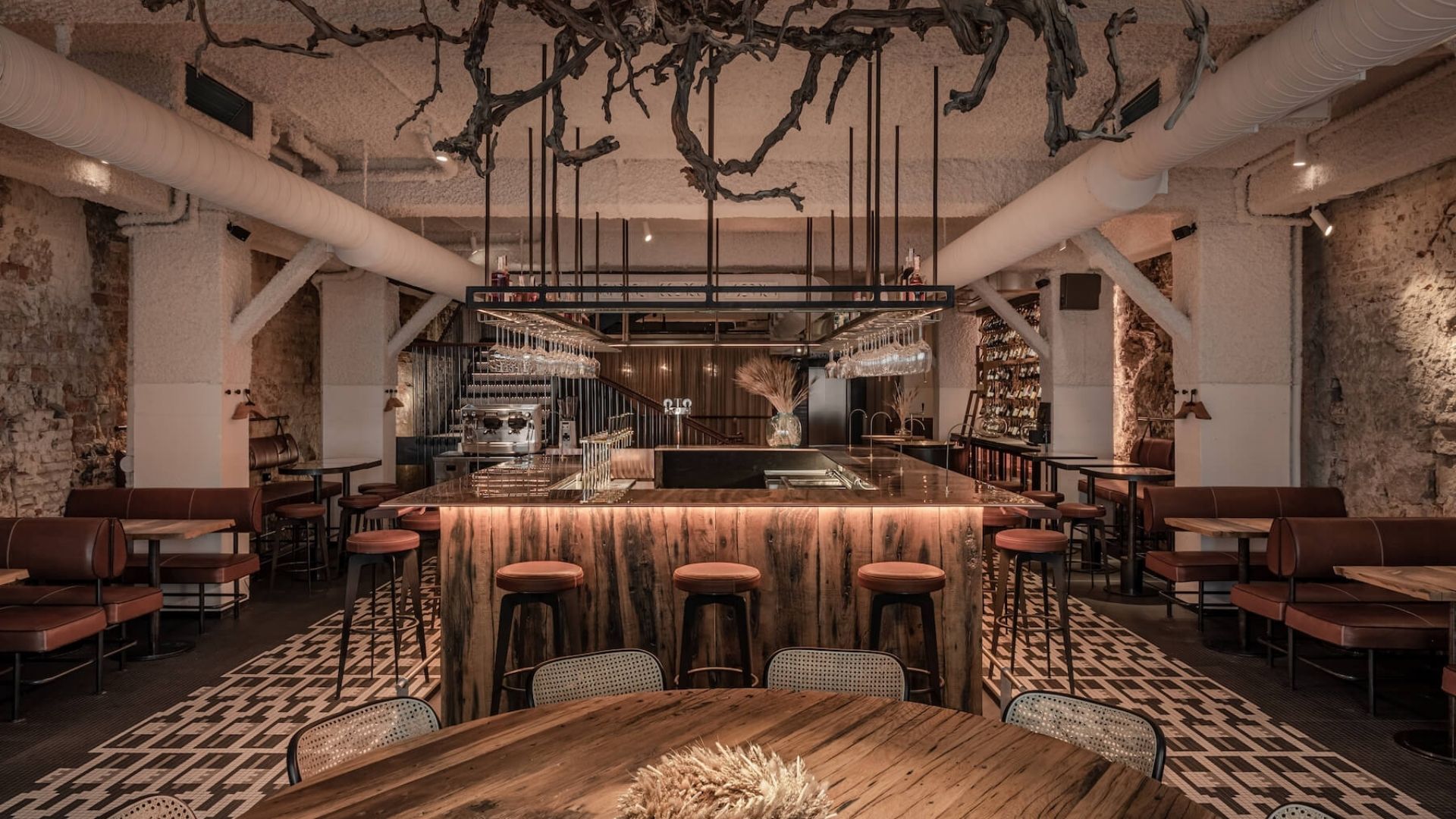You know that moment when you’re halfway through a build and realize your tools just aren’t cutting it literally? Maybe you chipped a corner of glass or cracked a slab of stone trying to force a cut. Hard materials like metal, stone, or glass don’t forgive mistakes easily.
And unless you know how to handle them, they’ll slow you down or blow your budget. The good news is that working with these materials doesn’t have to be so overwhelming. With the right planning, equipment, and a few expert tips, you can move through tough jobs with a lot less stress.
In this article, you’ll learn practical and straightforward ways to make working with hard materials more efficient and far less complicated.
Start with a Clear Plan
When you design with a tough material, you don’t have much margin for error. Unlike softer materials that can be reshaped or sanded away, there is no do-over option with stone and metal, which is why you want a good plan before you start cutting, drilling, or welding.
Draw the design base with the accurate measurements. Consider how all the pieces interact with each other, what the joints will be, and where the weight is distributed. A half-decent layout saves you from surprises that might result in costly mistakes.
And don’t forget material constraints as well. Metal will expand with heat, glass can chip near the edges, and natural stone will have veins that weaken a slab. Working with this in mind makes your job much easier later.
Choose the Right Tools for the Material
Hard materials demand tools that don’t just force their way through but work with precision and control. That’s where a water jet cutter becomes a smart choice.
Unlike early water-based systems that were only good for soft materials, modern versions now include a fine abrasive added at the nozzle. This small change makes a big difference. It allows the cutter to slice through tougher surfaces like titanium, hardened steel, stone, and even thick glass without cracking, overheating, or distorting the material.
It’s the mix of high-pressure water, the right abrasive, and a durable nozzle that makes this tool so reliable across a range of applications. You get cleaner cuts, fewer mistakes, and less material waste.
If you are working with dense or brittle materials, consider investing in or sourcing from a provider that offers trusted quality. Precision matters, and so does choosing a reliable source.
Don’t Rush the Finishing Stage
Once your pieces are formed, you’ll likely want to rush into assembly. But rushing the finishing process can also undo the care you’ve invested in the design.
Spend some time sanding/polishing the surfaces. Buff out impurities and round the edges, particularly pieces that will be frequently handled. This is not merely for looks; it also makes handling safer and the end product feel more polished.
If you’re using stone, a coating of sealer prior to installation can also help prevent stains or moisture problems down the line. And think about how that metal melange will age. Is it going to oxidize, tarnish, or patina? The right protective finish makes a world of difference.
Know When to Talk to Experts
There’s no shame in bringing in help when needed. If your design involves load-bearing elements, structural welding, or custom cuts in thick materials, it’s smart to work with someone who has the right training and gear.
You’re still the creative force behind the project; you are just making sure the technical side holds up. Even professionals rely on trusted fabricators and precision tools when a job calls for exact results.
Trying to handle everything yourself can lead to stress or shortcuts that hurt the final outcome. Instead, focus on the parts of the project where your skill matters most and outsource the rest to the right partners.
Blend Strength with Style
Just because the material is strong does not mean the look has to be harsh. With the right touches, even the toughest materials can feel warm or inviting.
Use finishes that match your design goals. Polished metal feels modern. Brushed surfaces give a more relaxed look. Glass can be soft, frosted, or tinted. Stone has its own natural pattern and charm.
Pair these with wood, fabric, or ambient light to bring the whole space together. That contrast adds depth without making the room feel too hard or cold.
Final Thoughts
Designing with hard materials gets easier when you stop fighting them and start working with their natural strengths. The process may take a little more planning and the right equipment, but the results can be striking. Whether you’re shaping stone for a custom countertop or cutting steel for a modern frame, it all comes down to thoughtful design, smart tools, and a clear idea of what you want to achieve.





